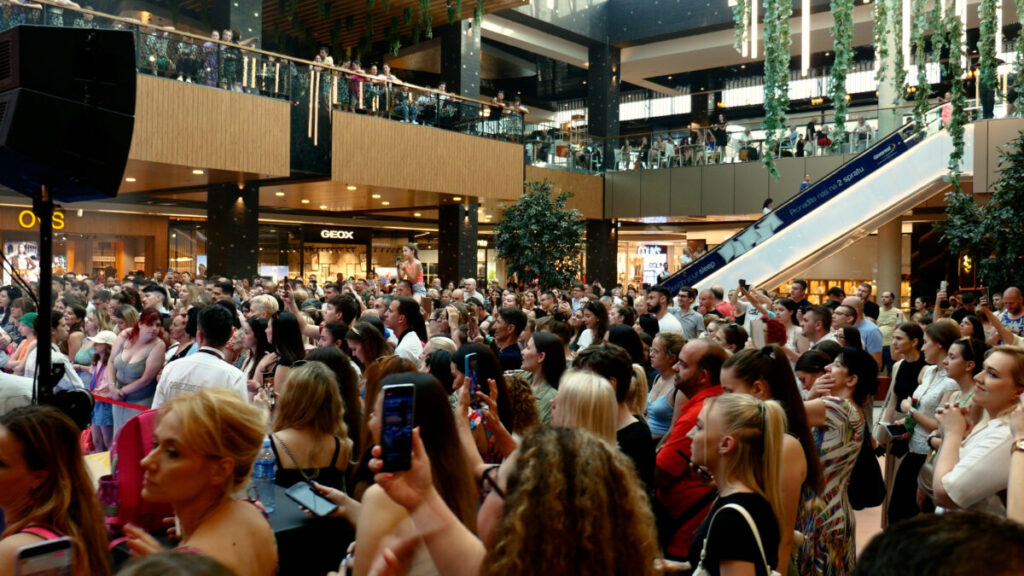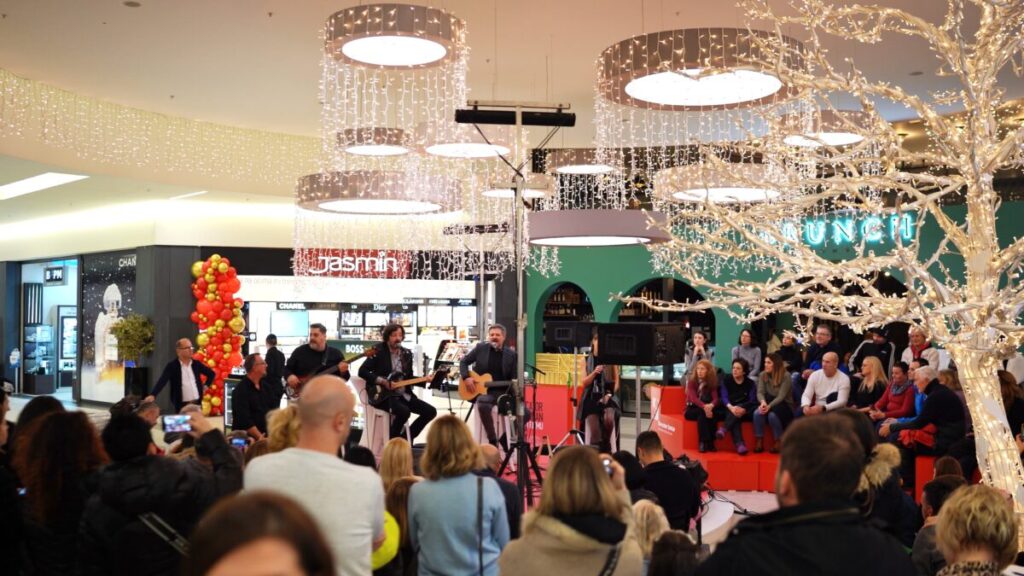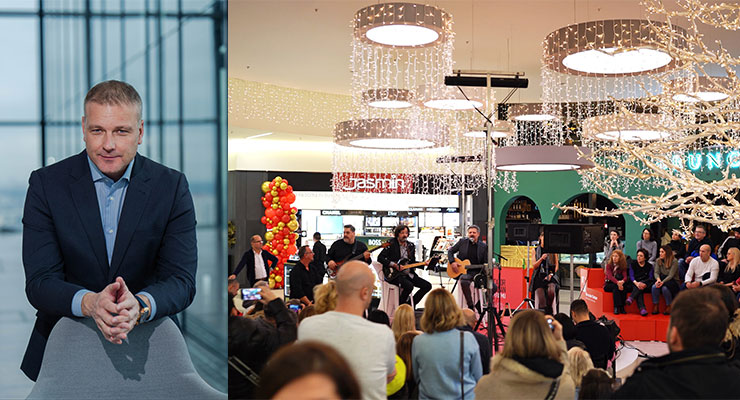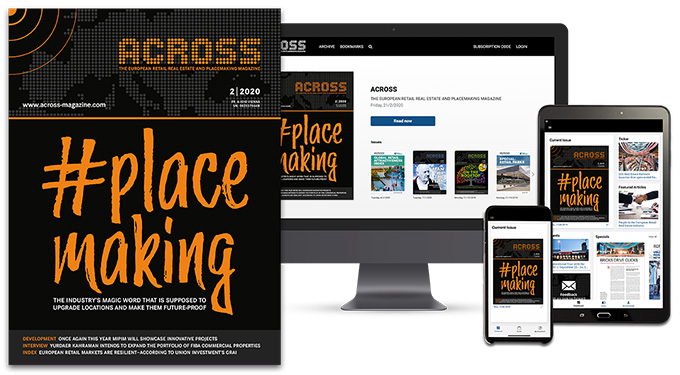Digital transformation has become a key driver of change across all industries, and the retail sector is no exception. As a market leader in commercial real estate, we can observe, on a daily basis, how digital innovations are shaping the market and impacting traditional stores within shopping centers. Our portfolio includes the Ušće, BEO, Delta City, Mercator, and Immo Outlet shopping centers, which gives us a unique opportunity to gain insights into the behaviors of different target groups within the context of various brands.
If I were to briefly answer the question of whether traditional stores were still relevant in a world in which online sales are becoming increasingly attractive, I would certainly answer in the affirmative, making sure to note that their role is changing as they adapt to the new digital environment.
What’s next
How do modern technologies, such as artificial intelligence (AI), augmented reality (AR), and virtual reality (VR), enable brands to provide more personalized and interactive experiences for customers within retail stores?
In short, augmented reality can help you see how a new piece of furniture fits into the existing setup of your home, while artificial intelligence analyzes consumer data and offers personalized recommendations. Both brands and individuals benefit. Through enhanced shopping experiences, brands can gather valuable data on consumer behavior at traditional stores, which is significantly valuable when it comes to future marketing activities.
Opportunities for mutual growth and improvement are also made possible by data sharing with tenants at shopping centers or multiretailer locations. Retailers and their tenants can synchronize strategies and develop complementary offers by sharing insights, such as aggregate customer demographics, peak shopping times, and purchase trends. This cooperative strategy promotes a more seamless purchasing experience, increasing client loyalty and engagement. Both landlords and tenants can attain operational efficiency and optimize foot traffic to maintain competitiveness in the changing retail scene by incorporating such shared data into decision-making. Messages to consumers come from all directions. How? It is mostly through the implementation of an omnichannel strategy. Indeed, consumers are increasingly researching and purchasing products online, but a large percentage of shoppers still want to try and see products in person before making final decisions. As a result, traditional stores have become places for interaction with products and brands, while payments can be made digitally.
Furthermore, marketing in the digital age is no longer about promoting products through traditional channels, but about creating unique experiences for customers at physical stores. This is where the collaboration with property management opens its door, serving as support for marketing in the experiential segment. Shopping centers have long ceased to be mere places for shopping and have become spaces where customers can experience brands in unique ways. They not only can but also expect and desire to move beyond the mere shopping experience.

For a great shopping experience, the human factor is essential
Human interaction, as our experience shows, still plays an important role in decision-making while shopping. Traditional stores, despite all of the digital innovations, remain spaces in which deeper (emotional) relationships are established between the brands and the consumers. Salespeople offer advice, provide personalized service, and participate in the experience itself. In this context, traditional stores undoubtedly have an advantage over e-commerce, which, while convenient, cannot offer the human component.


The future is hybrid
The answer to our key question is affirmative: Traditional stores have remained relevant due to the changes that have been made in their functionality. The same goes for shopping centers. Therefore, physical stores are no longer exclusively places for shopping, but have become an integral part of the omnichannel experience, offering additional value. In this regard, traditional stores are not disappearing but evolving and transforming. Their role remains crucial, and with the support of digital technology, they have become a key element of a broader retail strategy that combines the best of the digital and physical worlds.

Uroš Blagojević
Uroš Blagojević is Property Management Director at MPC Properties.






